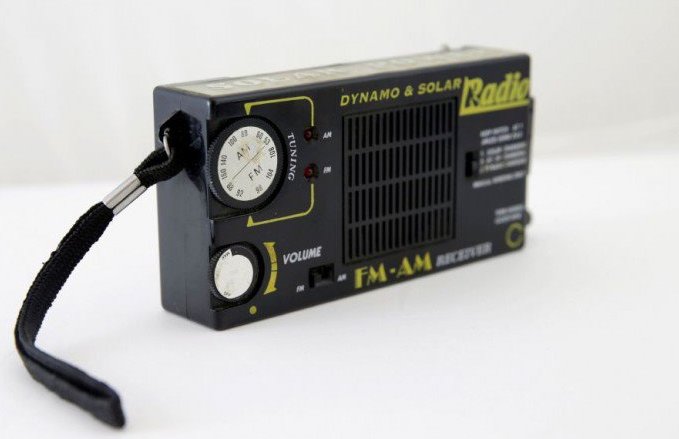A touring exhibition in Bosnia aims, in part, to warn people about how harrowing the effect of armed conflict on children is. It contains thousands of childhood items donated by those traumatized by the war in the 90s.
Originally, the organizers planned to open a permanent War Childhood Museum in Sarajevo, the capital of Bosnia. The site chosen was denied by the city authorities, who preferred using the location for a fitness club. That’s when the museum became a traveling exhibit.
It contains over 2800 items including toys, letters, photographs, diaries, and humanitarian food packaging. All exhibits are accompanied by text in Bosnian and English.
“It all started when I put online a simple question: What does childhood in war mean for you?” said Jasminko Halilovic, a 27-year-old economist leading the project. “We have the idea to expand the museum’s scope and start collecting memories from other conflict zones so as to create a universal exhibition that would serve as a warning against new wars,” Halilovic said.
He published War Childhood in 2013. It is a collection of memories of his generation during the war. The book was translated into several languages, and it helped Halilovic connect with other Bosnians who went through the war from 1992 to 1995.
“Many people preserve wartime items, they still connect memories from the war with these objects and have an urge to share their experience and that’s where the idea for the museum came from,” Halilovic said.
The purpose of the museum is to investigate, exhibit, and educate. The act of donating personal possessions associated with the war has had a cathartic effect on people.
“They would break down in tears but they were the kind of tears you shed when you are over the past and ready to start over,” said Halilovic. He is still looking for a permanent home for the museum.
Within the items on display is a Barbie doll donated by Asmira, 27. She is a Bosnian who was three years old when Serb forces expelled her family from the eastern town of Bratunac in 1992. They imprisoned her father in a detention camp.
Asmira moved to a collective center in Tuzla in northern Bosnia. The only toy available for most children was a makeshift sponge ball. A neighbor gave her the doll.
“I took care of her as if she were sacred. She always slept in a shoe box. Barbie did not have a name. When I played with her, she was selling food, sewing up casualties’ wounds, or healing sick people. Later I became a doctor, too,” Asmira said in a note shown at the exhibition.
The conflict in Bosnia was the worst in Europe since World War II. The ethnic divisions still plague the former Yugoslav Republic.
